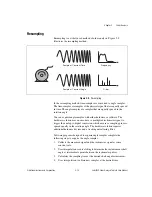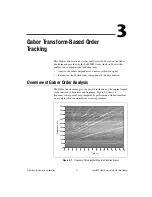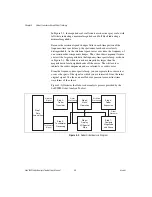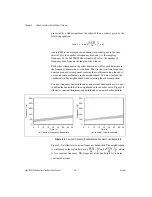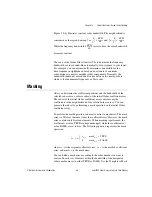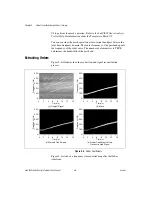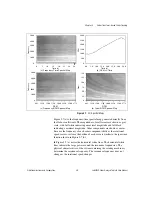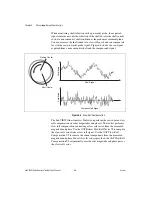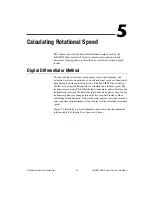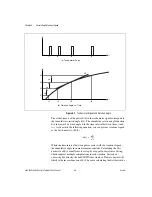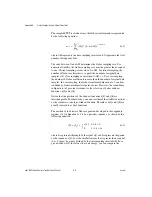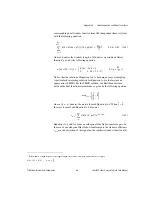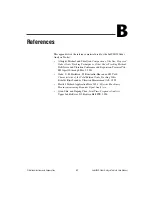
Chapter 4
Resampling-Based Order Analysis
LabVIEW Order Analysis Toolset User Manual
4-2
ni.com
Complete the following steps to perform resampling-based order analysis.
1.
Acquire data samples from tachometer and noise or vibration sensors
synchronously at some constant sample rate.
2.
Use the LabVIEW Order Analysis Toolset VIs to complete the
following steps:
a.
Determine the pulse edges from the tachometer signal and
interpolate the pulse edges to get the time instance for resampling.
b.
Perform software resampling on the vibration signal according
to the time instance determined in step a and generate the
angle-samples.
c.
Perform one of the following analyses:
•
Obtain the order spectrum of the signal by performing a FFT
on the angle-samples.
•
Track the magnitude and phase of each individual order along
time, revolution, or rpm.
d.
Perform slow roll compensation to the order magnitudes and
phases, if necessary.
Refer to the
Important Considerations for the Analysis of Rotating
section of Chapter 1,
Introduction to the LabVIEW Order
, for information about a condition and restriction for using
the LabVIEW Order Analysis Toolset to analyze rotating machinery.
Determining the Time Instance for Resampling
To software resample even time spaced samples into even angle spaced
samples, you first must know at what time a certain angle is reached, that
is, the time instance for resample. After processing either an analog or
digital tachometer signal, you obtain a time sequence that indicates the time
when the shaft rotates at a certain angle. For example, if a tachometer
generates
N
pulses in one revolution, you can express the time sequence as
a function of angle, as shown in the following equation.
When you use even angle-samples to study orders, you also need to follow
the Nyquist sampling theorem. That is, if you want to study the
K
th
order,
resample at least 2
K
samples in one revolution. However, you usually need
t
k
t
2
k
π
N
---------
=

